- Messages
- 2,176
- Edit My Images
- Yes
I have cut a small bit of the white backdrop from my small studio, cut it into the shape of my ringflash and sellotape it. Here are some photos taken from this set up. Feel free to comment and advise.
1

2 Without diffuser
[url=https://flic.kr/p/oYS2C8]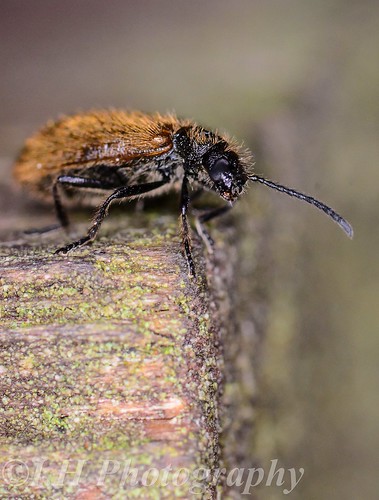
3
[url=https://flic.kr/p/oX6A6A]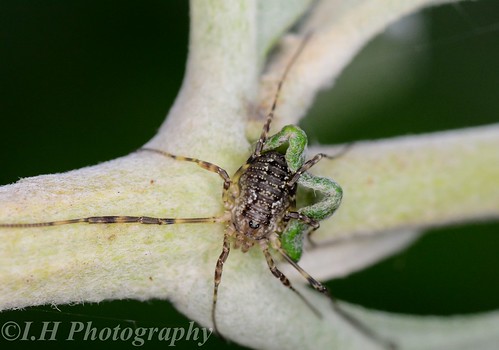
4 Found 4 pair of these leaf beetles mating
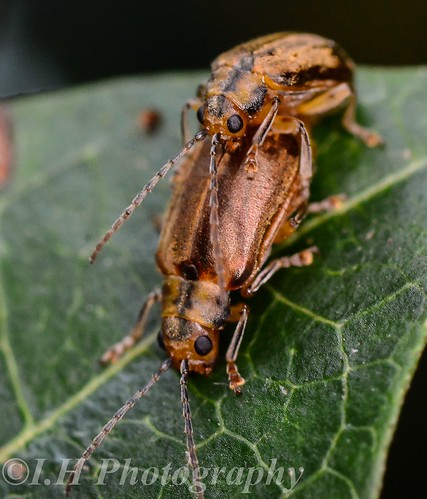
5
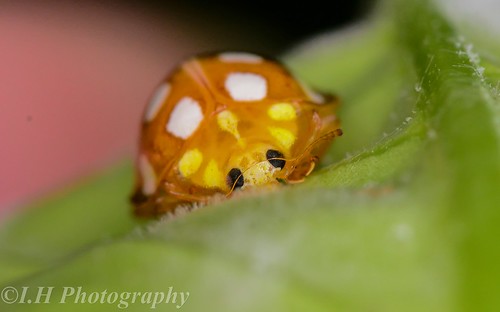 [/url][/url]
[/url][/url]
1

2 Without diffuser
[url=https://flic.kr/p/oYS2C8]

3
[url=https://flic.kr/p/oX6A6A]

4 Found 4 pair of these leaf beetles mating

5
 [/url][/url]
[/url][/url]



 the explanation is beneficial to everyone who reads this post.
the explanation is beneficial to everyone who reads this post.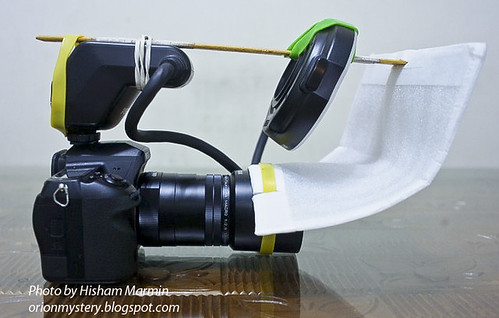 R1014770
R1014770